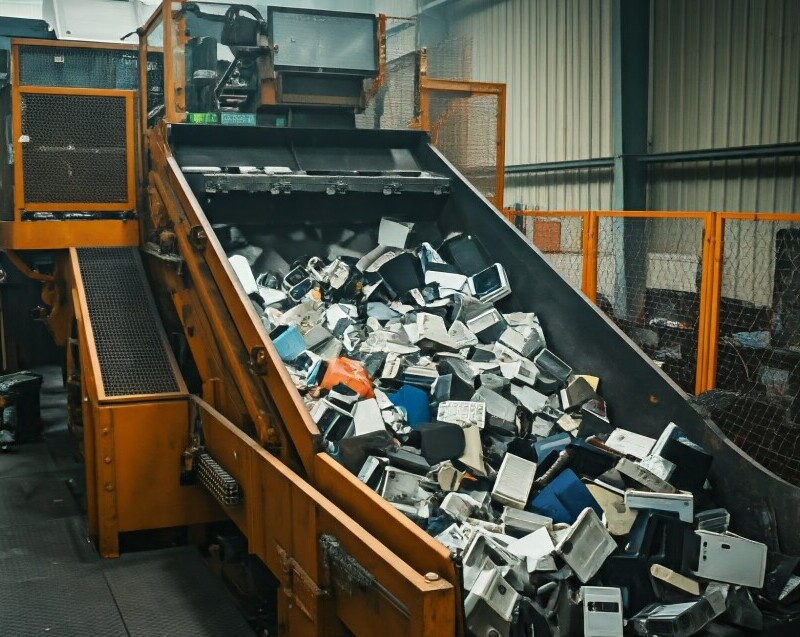Ever thought about where your old phones and laptops end up? Turns out, electronic waste or e-waste, is piling up around the globe, and it’s not doing the planet any favors. Discarded gadgets contain hazardous materials, posing a huge threat to air, soil, and water quality.
The statistics paint a shocking picture. Millions of tons of e-waste are generated each year worldwide, with only a fraction getting properly recycled. This boom in e-gadgets means e-waste is the fastest-growing waste stream out there.
Recycling electronics is not just about clearing out clutter. It helps protect the environment by keeping toxic materials out of landfills and conserving natural resources. Plus, it comes with some ethical perks since it saves energy and reduces the need for raw material extraction.
Improper disposal of electronics isn’t just thoughtless—it’s challenging too. Many people are unsure of where or how to dispose of their devices responsibly, which often leads to unregulated disposal methods and illegal dumping.
It’s clear that how we handle our discarded electronics plays a big role in shaping a sustainable future. Recognizing the significance of recycling electronics responsibly is the first step toward doing right by our planet.
Preparing Your Electronics for Recycling
Getting your old gadgets ready for recycling isn’t as tough as it seems. First off, make sure you back up everything important. You wouldn’t want to lose those priceless photos or important documents. Once that’s sorted, don’t forget to wipe your data clean. Doing a factory reset on most devices should do the trick, but for some peace of mind, you might consider data-erasure software.
Figuring out what can go in the recycling bin is also crucial. Not every bit of tech can be recycled the same way, so check out the guidelines specific to your area. Things like cables, batteries, and bigger appliances might have different rules. Doing a little digging can make a big difference in getting it right.
Local and national e-waste programs are a real treasure trove of info. They often offer guidelines and locations where you can safely drop off e-waste. These programs are designed to make things easier for folks trying to do the right thing.
Lastly, be aware of the labels on electronic products. Some come with handy recycling labels, guiding you on how to dispose of them responsibly. Recognizing these labels can help streamline the whole process. By taking these steps, you’re setting a strong foundation for responsible recycling.
Choosing the Right Recycling Method
Picking the right way to recycle your electronics can feel overwhelming with all the options out there. It’s crucial to know what’s available and what each method involves. You’ve got drop-off centers, where you simply bring your old devices to a specific location. They’re straightforward and often located at local waste management facilities or electronics stores.
Then there are manufacturer take-back programs. Big brands sometimes offer these to encourage recycling. They often allow you to send in your old gear, sometimes even covering shipping costs. These programs ensure your gadget gets recycled properly, often turning old parts into new products.
Look for certified e-waste recyclers when choosing where to send your items. Certification means they meet specific standards for protecting both your data and the environment. This can give you some confidence that they handle everything correctly.
Donating old electronics is another option if they’re still working. Charities or non-profits can breathe more life into your unwanted tech, turning them into valuable resources for others.
Remember to weigh the pros and cons of each option. Some methods might offer more convenience but come at a higher cost, while others might be cheaper yet require more effort on your part. Making informed choices here can maximize the positive impact you’re aiming for.

The Future of Electronic Recycling: Innovations and Improvements
The way we recycle electronics is evolving fast, thanks to new tech and ideas. Recent advancements in recycling processes are making it easier and more efficient to process e-waste. For instance, new systems can now separate components and extract valuable materials more effectively, reducing the impact on the environment.
Battery recycling has become a hot topic, with innovations aimed at recovering rare materials like lithium and cobalt. Technologies are being developed to safely dismantle and repurpose battery components, addressing a significant challenge given the rise of electric vehicles and portable devices.
Governments and international bodies are stepping up too. New regulations aim at improving recycling rates and promoting responsible disposal practices. Some countries are even implementing extended producer responsibility laws, which hold manufacturers accountable for the entire lifecycle of their products.
But it’s not just up to tech and policies. Consumers and businesses have a big role to play in shaping a sustainable e-recycling future. From insisting on recyclable designs to spreading awareness about the importance of responsible e-waste handling, everyone can contribute. Collaborative efforts can help drive more substantial change, leading us toward a greener path for managing electronic waste.
